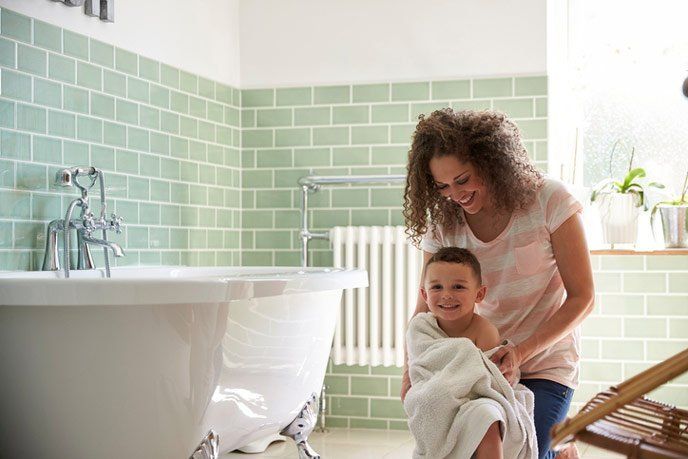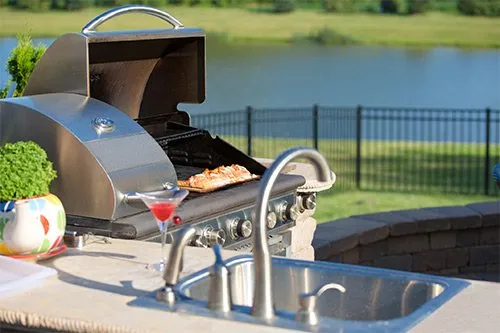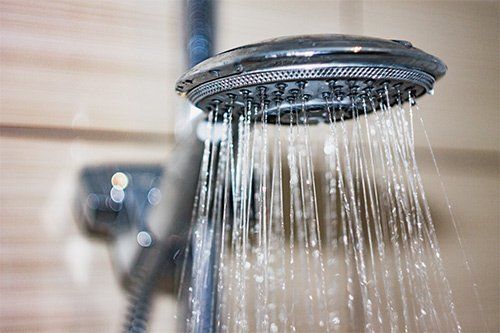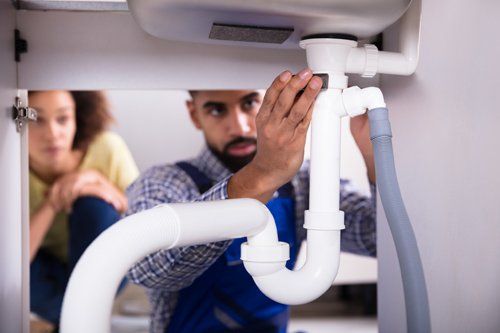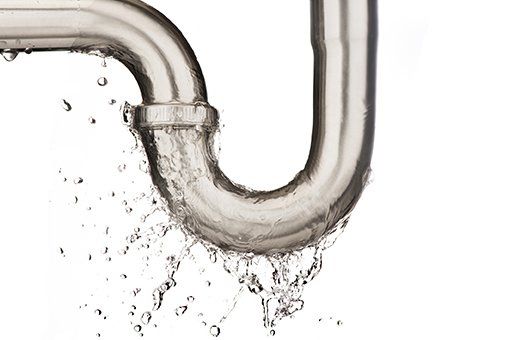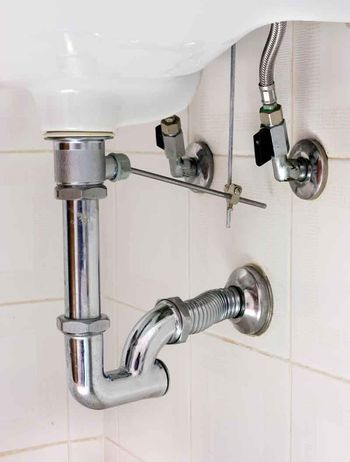
Backflow is of the hidden dangers of a plumbing system and poses a serious risk to human health. Backflow is possible in any environment, including industrial, commercial, and residential settings. It can even affect your home and its occupants.
As a result, you should address potential backflow hazards and take measures to prevent them from causing harm. Below is more information about backflow, including why it occurs and how you can prevent it.
What Is Backflow?
When everything is working as it should in your home's plumbing system, water flows out of the supply line and into fixtures, through hoses, and in any other direction you choose.
Normally, the water pressure on the supply side of your home is higher than the receiving side. In a backflow situation, however, water pressure is higher on the receiving side; this can happen for any number of reasons, including the loss of water supply due to a break in a city main or municipal pumping station failure.
Why Is Backflow Bad?
Backflow is dangerous because of the contamination threat posed to potable water systems. When backflow happens, water and contaminants enter the supply side of the system and are widely distributed.
Contaminants can include a variety of potentially harmful substances, such as microorganisms, toxins, and airborne materials. When they flow freely through the potable water system inside your home, as a result of backflow, you can get exposure to disease or injury-causing substances by simply turning on the tap.
How Is Backflow Prevented?
There are several strategies in use to combat backflow and prevent it from occurring. The specific approach used depends on what type of device or fixture is affected and will be implemented by a plumbing professional. Here are the ways you can prevent backflow:
Air Gap
A simple means of preventing backflow is by implementing an air gap between the supply side and receiving side of a water line. The air gap breaks the vacuum that forms when a backflow situation occurs and keeps water from moving backward.
Some fixtures in your home that rely on air gaps to prevent backflow include toilets, washing machines, and automatic dishwashers. Air gaps are effective, but they can fail if the air gap becomes flooded at any point.
Atmospheric Vacuum Breaker
An atmospheric vacuum breaker (AVB) is a backflow prevention device that works by introducing an air gap when you reduce the supply line pressure. If water pressure in the supply line falls, a special valve (poppet valve) opens automatically and air immediately enters the body of the valve.
An AVB operates well in situations where a continuous air gap isn't desirable but provides an air gap when needed to prevent backflow. The main disadvantage of AVBs is their inability to keep airborne contaminants out of the water system.
Check Valve
A check valve is another type of backflow prevention device that operates by allowing water to flow in only a single direction. Any pressure from the other direction will cause the valve to close immediately.
Check valves are enclosed inside the water supply line which makes them invulnerable to outside air contaminants. However, a single check valve can fail if jammed and may permit some contaminants to pass due to the time it takes for a closure to occur. That's why check valves are often paired to provide an extra measure of protection in the event of backflow.
If you have any questions about backflow prevention, take a moment to contact Moody Plumbing, Inc. for assistance. Don't take chances that your home's occupants aren't sufficiently protected in the event of a backflow incident.
